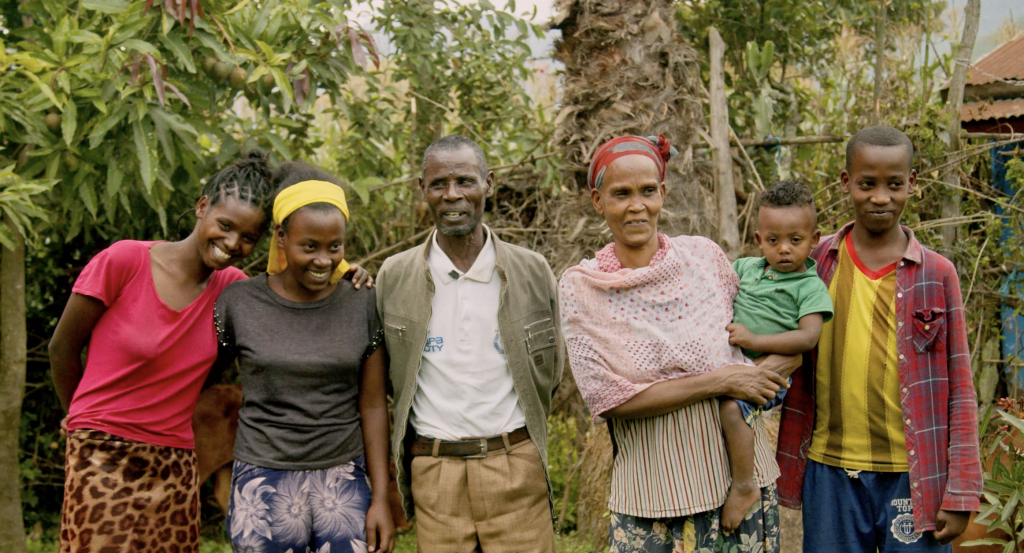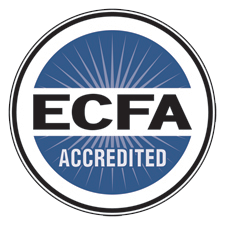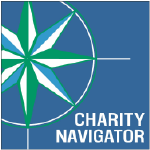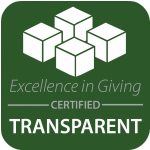Graduation is a significant milestone for a CarePoint community and for you, their partner! It’s not a moment that happens by chance.
A CarePoint reaches graduation when, in partnership with Children’s HopeChest, it is fully prepared to lead its programs, manage its resources, and sustain its long-term vision. It’s the result of years of investment in relationships, leadership, education, health, economic development, and infrastructure.
But how do we know, together with the community, when that time has truly come?
Measuring Readiness With Purpose
CarePoint graduation is not based on guesswork or hope alone. It’s guided by measurable indicators—set at both the organizational and country levels—that reflect real, lasting transformation.
These indicators allow us to track progress over time and ensure a CarePoint has the local leadership, economic resilience, and program stability needed to continue thriving without external funding.
What We Measure: Five Core Areas

Education Progress
We track the highest level of education completed by registered children exiting the program. Rising school completion rates show that children are gaining skills to thrive and contribute to their communities.
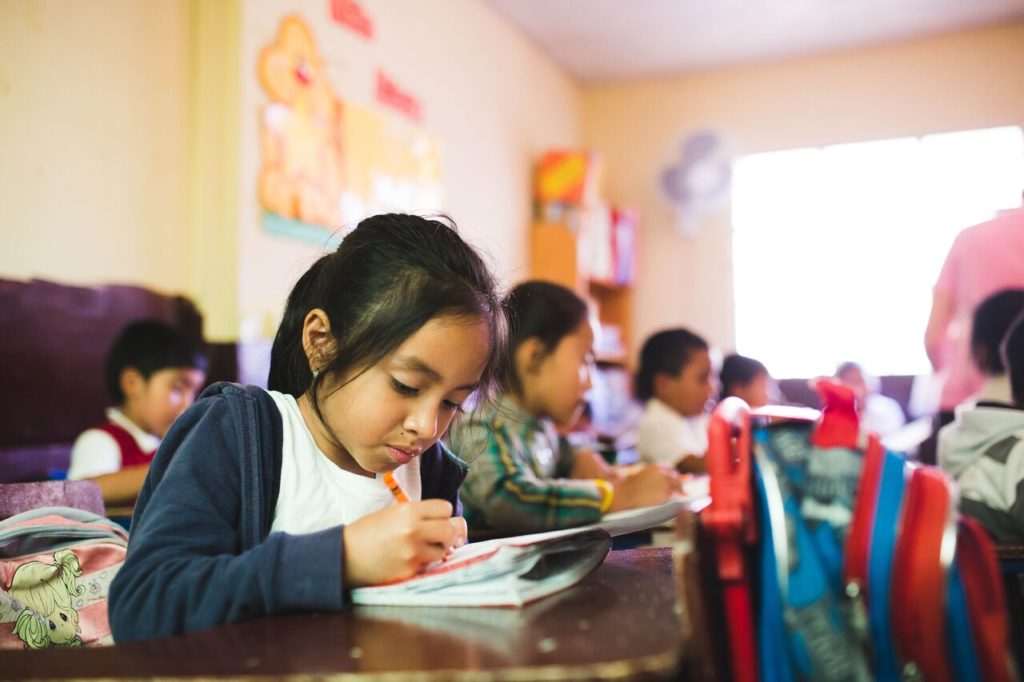

Local Leadership Development
Strong local leadership is essential for long-term impact. We measure how many youth and adults are stepping into roles guiding programs, mentoring others, and driving community growth.
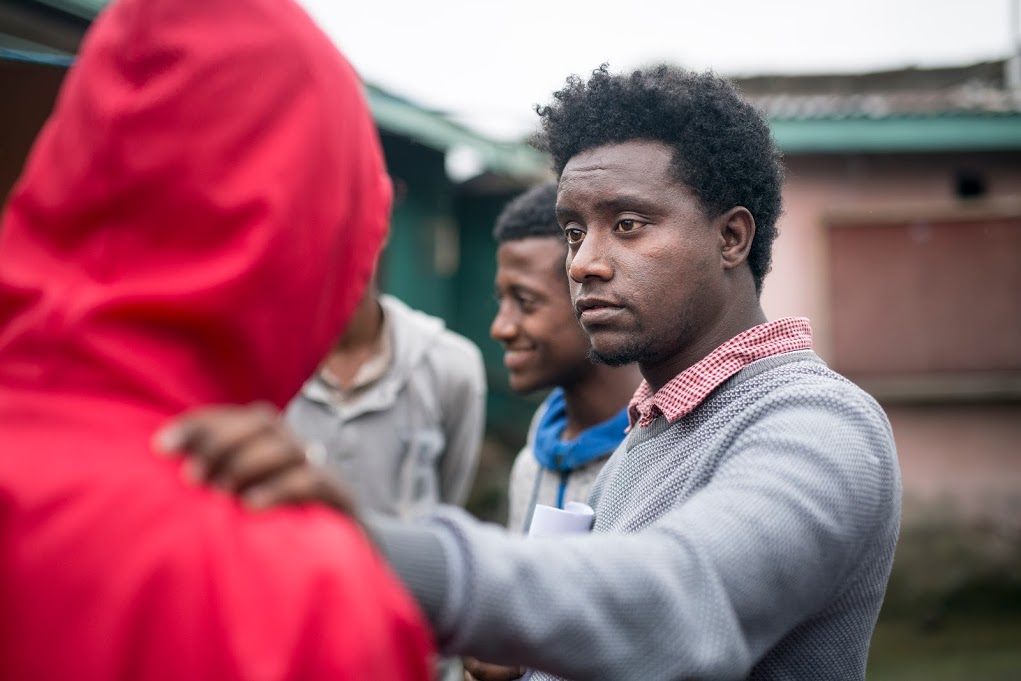

Infrastructure Completion and Ownership
We implement and monitor key infrastructure projects—such as skill training centers, WaSH initiatives (latrines and water sources), and CarePoint buildings—to support our programs. All infrastructure placed in a community is guided by the Community Development Plan, which is uniquely designed for each CarePoint. These plans build on the community’s existing assets while addressing additional needs required to achieve long-term success and deepen impact.
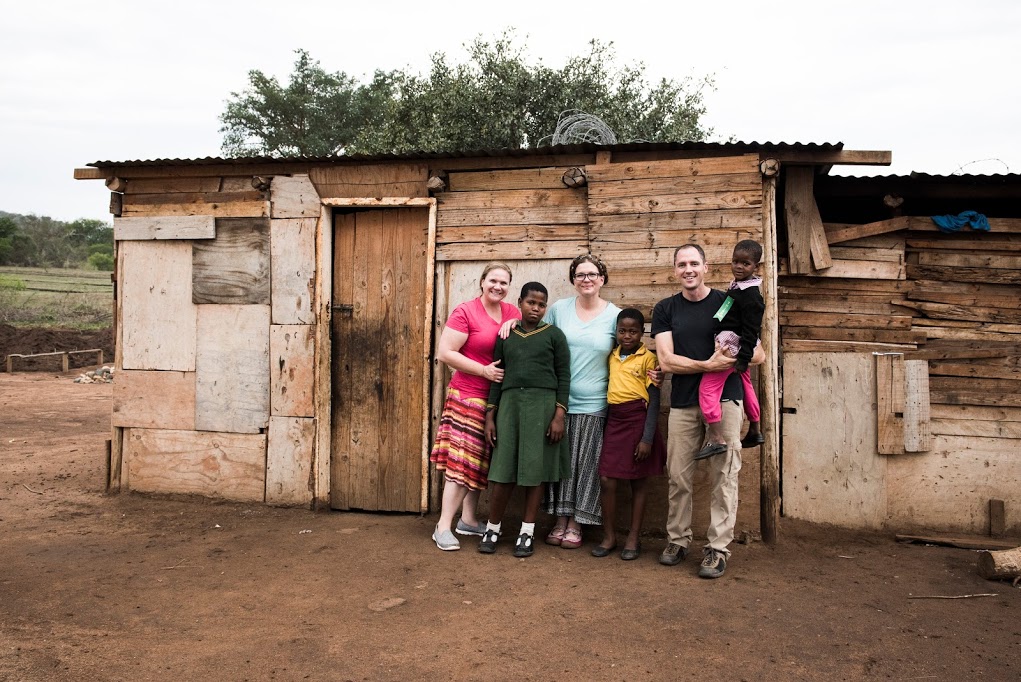

Economic Empowerment
Financial resilience is a key readiness indicator. We track savings groups, participation, and economic activity to understand how families move from vulnerability to stability and whether local revenue can sustain essential programs.


Health and Nutrition Standards
A healthy community is a strong community. We are finalizing a framework to collect consistent health and nutrition data across countries, including access to food, healthcare, and child wellness benchmarks.
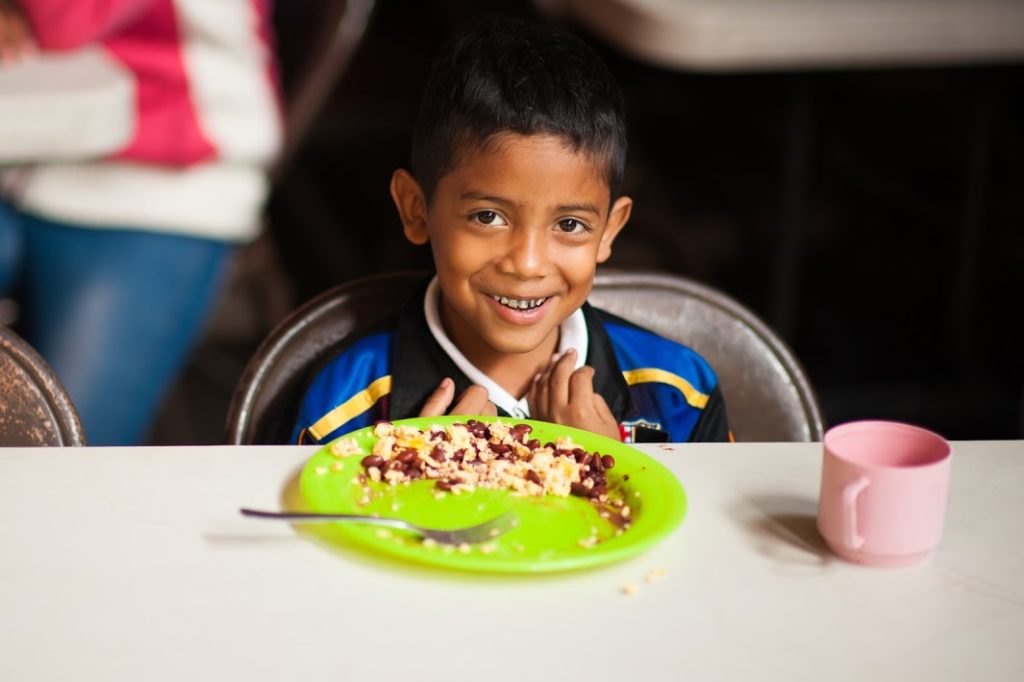
How We See Lasting Change
Every CarePoint has its own story of hope, healing, and transformation. While we track progress in areas like education, health, and economic resilience, we also look at something broader and deeply personal: the Community Impact Index.
This index isn’t just about data. It helps us see the real-life impact of your partnership.
Each year, CarePoints reflect on seven key “vitals” that show how the community is growing stronger. These include:
Young people successfully completing the program and stepping into adult life
Families starting small businesses or joining savings groups
Local leaders taking on new roles and responsibilities
Schools, water points, or health facilities completed and being used
How many people are benefiting from these kinds of infrastructure
As CarePoints move closer to graduation, we see powerful signs of change, and they are proof that your support is making a real and lasting difference. In Uganda, Isaac Okwang, Community Relationship Manager, shares how young adults who once received support are now helping others.
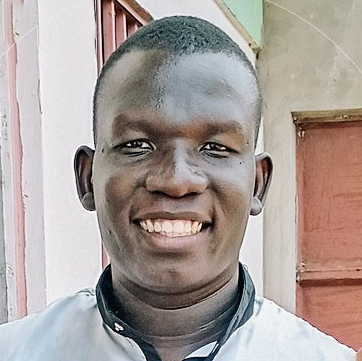
Looking Ahead
Every measurement reflects something deeper: real people experiencing real change.
As communities approach graduation, we see families building resilience, young people stepping into leadership, and women like Sarah embodying transformation.
Sarah’s Story
Sarah, a young mother in Uganda, once felt completely alone. Abandoned by her child’s father and without a way to provide for her baby, she nearly gave up hope.
But through the support of local leaders and access to vocational training, Sarah began to rebuild. She’s now learning tailoring, earning a small but steady income, and gaining the confidence to envision a better future. Her dream is to open her own workshop—both to support her family and to serve her community.

Stories like Sarah’s remind us why this model matters. Graduation isn’t the end of a program. It’s the beginning of a stronger, more resilient future—where people like Sarah not only survive, but thrive.
Thank you for being part of this journey. We encourage you to ask questions, celebrate progress, and continue walking alongside your partner community no matter where they are on the #PathToGraduation. Your partnership makes this possible.

